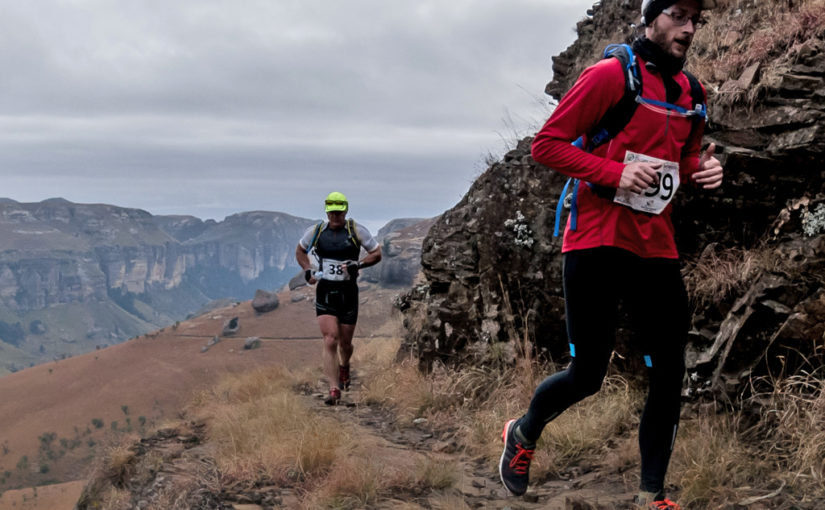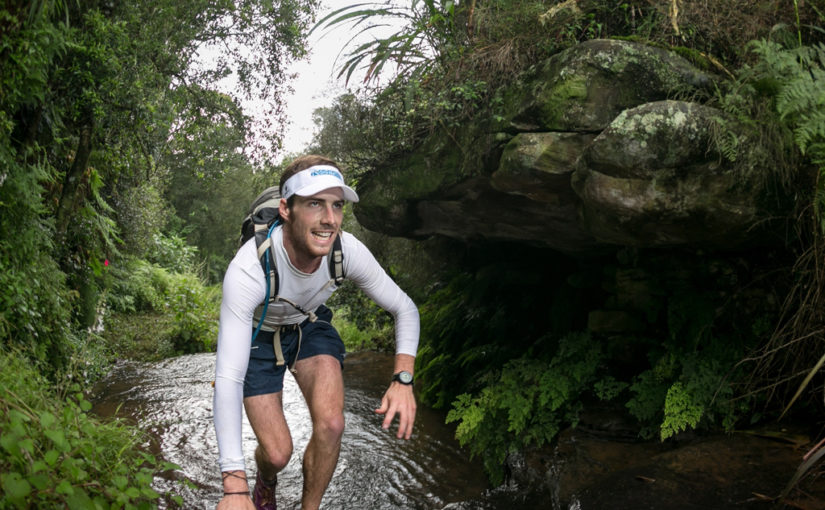In joining the efforts to try and help secure South Africa’s rhino populations against poachers, the Professional Hunters Association of South Africa (PHASA), this month donated R160 000 to the Wildlands Conservation Trust to support current efforts towards alleviating the tremendous pressure that poaching is placing on this iconic species.
This donation was made in direct response to the call made at the recent Lead SA Rhino Summit for environmental groups to work together to conserve rhino. “With more than 170 rhinos having been poached in national parks and game reserves this year alone – the highest level seen in the country in 15 years – PHASA’s donation to Wildlands will go directly towards the conservation of black and white rhino in the Somkhanda Game Reserve and in expanding rhino habitat throughout northern KwaZulu Natal,” said Adri Kitshoff, Chief Executive Officer of PHASA.
Created by the Gumbi community after a successful land claim in 2005, the reserve comprises 16,000ha of land which was consolidated into a new conservation area with assistance from the Wildlands Conservation Trust and the Worldwide Fund for Nature (WWF-SA). This area represents one of the last remaining areas suitable for Black Rhino range expansion in KwaZulu-Natal. In acknowledgement of this, WWF-SA together with Ezemvelo KZN Wildlife, introduced a small black rhino population into the reserve. The population is doing extremely well, with proof of two new calves being picked up this month through motion detection cameras.
The area being supported has been incorporated under the biodiversity stewardship program and will be proclaimed as a Nature Reserve later this year. This will be the first reserve to be proclaimed on restituted land and represents a major achievement in ‘conservation by the people’. Wildlands currently employs an experienced, dedicated rhino conservation team who not only monitor the rhino population inside the reserve, but who also serve as ambassadors for the rhino population in the neighbouring communities.
As the largest professional hunting association in the world, PHASA actively participates in the formulation of conservation policy in South Africa in partnership with government and non-governmental organizations and in consultation with an international network of affiliated bodies. The latest donation to Wildlands builds on this partnership and illustrates a commitment to conserving biodiversity and bringing additional land under formal conservation.
Caption: Hans Vermaak: Director of the Fund & Executive Committee Member and Adri Kitshoff: CEO, PHASA with Roelie Kloppers, Programme Manager, Wildlands Conservation Trust in a symbolic handover ceremony help last week.




